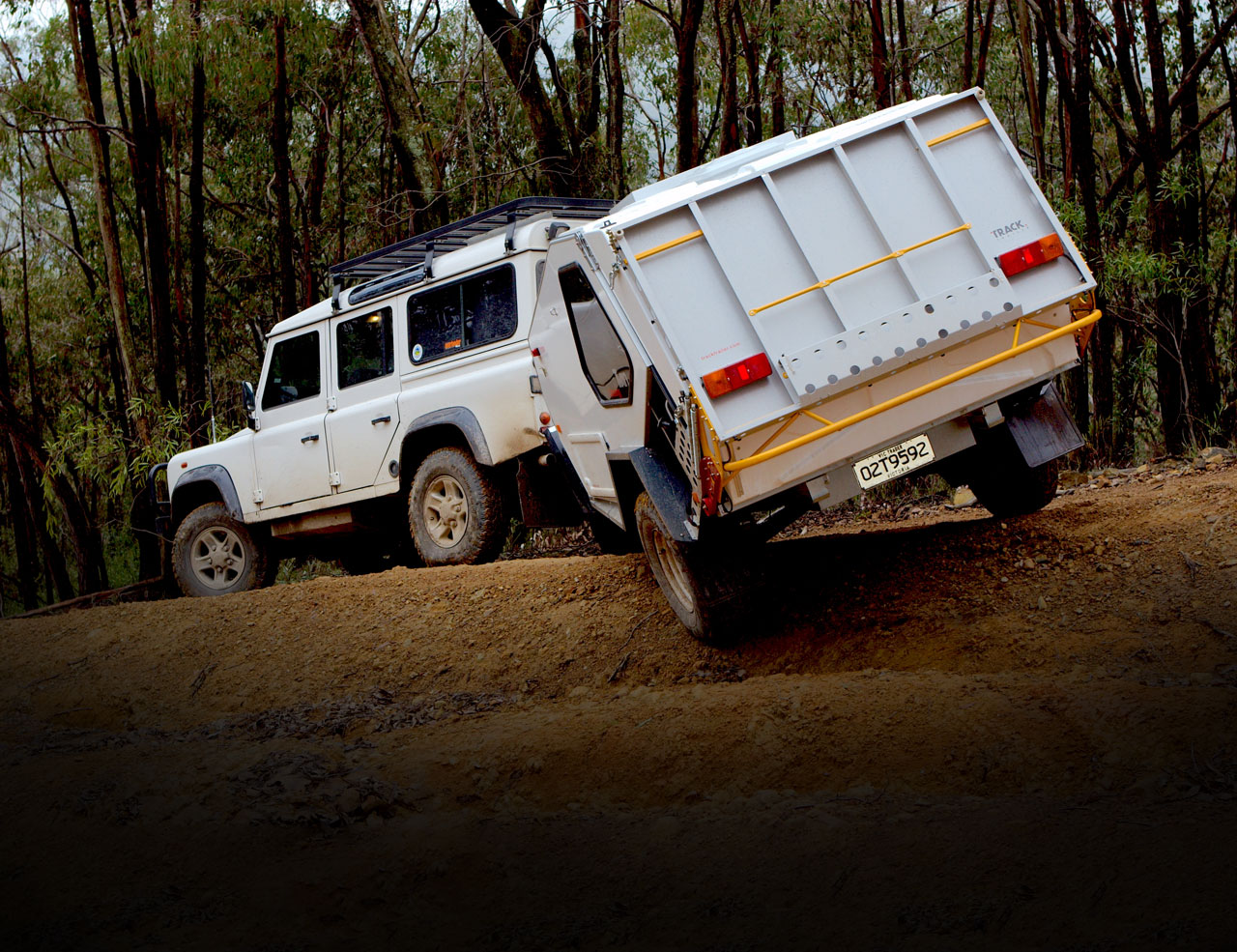A million years ago when 4WDing first started becoming mainstream your sources of information were reasonably solid. Magazine, or tv shows. If they published crap myths there’d quickly be an up-roar; and the offending journalist would be marched back to the peanut factory he was hired from. If there was an idiot, it’d only be one or two, and they’d quickly be known. These days, with the rise of social media, every man and his dog has an opinion and the myths just keep growing. Unfortunately they’re not all based in fact. To help cut through some of the tripe for new comers we’ve combed the interwebs for 10 of the most pervasive myths and torn them to shreds. Reckon we missed the mark? Jump in the comments below and our boss will send us marching back to the peanut packing lines.
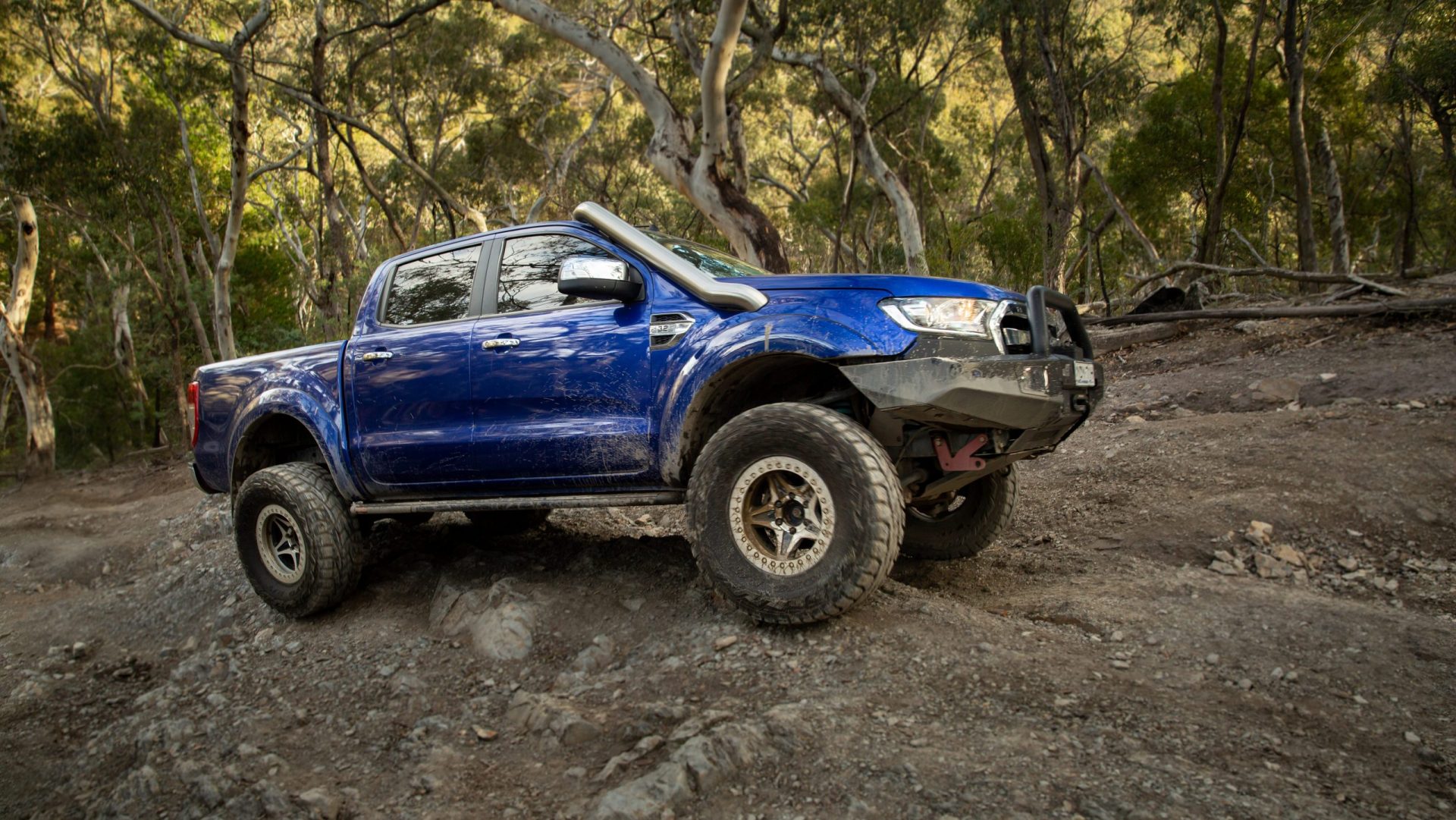
Big Tyres Ruin Tracks
Let’s get one thing straight, excessive wheel spin ruins tracks. It digs up the earth ready to be washed away in the next storm or windy day. Fitting larger tyres with more grip is an effective way to minimise wheel spin. If you still can’t drive then yes, you’ll do more damage. But a 35in tyre rolling over an obstacle impacts a track less than a 31in tyre scrabbling for traction.
Steel Winch Cable is Better
Synthetic and steel winch cables each have their place. Steel cable typically holds up better against abrasion than synthetic. But that’s where the benefits stop. It’s heavier and more dangerous in a failure; and most quality brands of synthetic winch rope have ratings just as high as the steel cable they replace
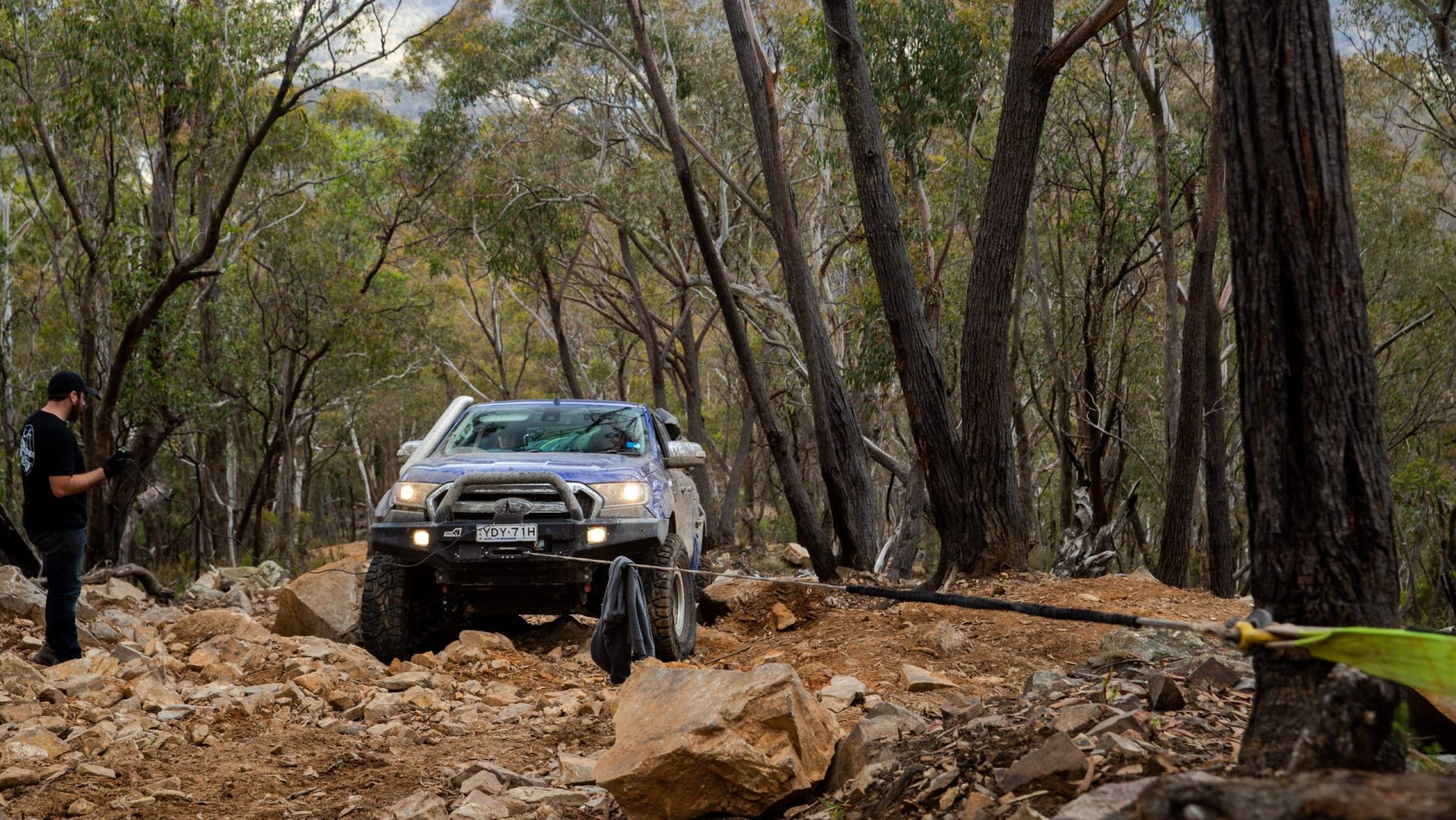
IFS is no good off-road
IFS isn’t better or worse off-road, it’s just different. Saying one is superior to the other shows a lack of understanding of the topic. Typically, IFS will have less articulation, and a more complex design with more points of failure than a solid axle. If you’re not driving the hardest of the hard tracks then the modern traction control most IFS 4x4s are fitted with will mean capability is no issue. And despite modern 4x4s as a whole not being built as stout as previous generations, modern IFS components are far stronger than they were even 10 years ago. If you’re building a rock crawler go solid axle, if you’re touring and driving moderately difficult tracks get an IFS.
Manuals give more control off-road
Yes but no. If you’re comparing a manual and automatic transmission from 20 years ago the manual is a better option. These days, modern automatics are not only smoother accelerating, they’re also able to lock the torque convertor giving you engine braking too. The end result is you can focus more on your steering and throttle inputs, and less on juggling three pedals.
Trailers only need cheap tyres
At first glance trailers don’t require good quality tyres. After all, they’re not exactly sending drive your way to require traction, and mud tyres could arguably make them harder to drag through sand. But they are still susceptible to punctures, and quality tyres with a strong carcass are more puncture resistant. Additionally to that, good lateral traction can prevent your trailer sliding around in off-camber tracks, potentially stopping it from sliding off the edge.
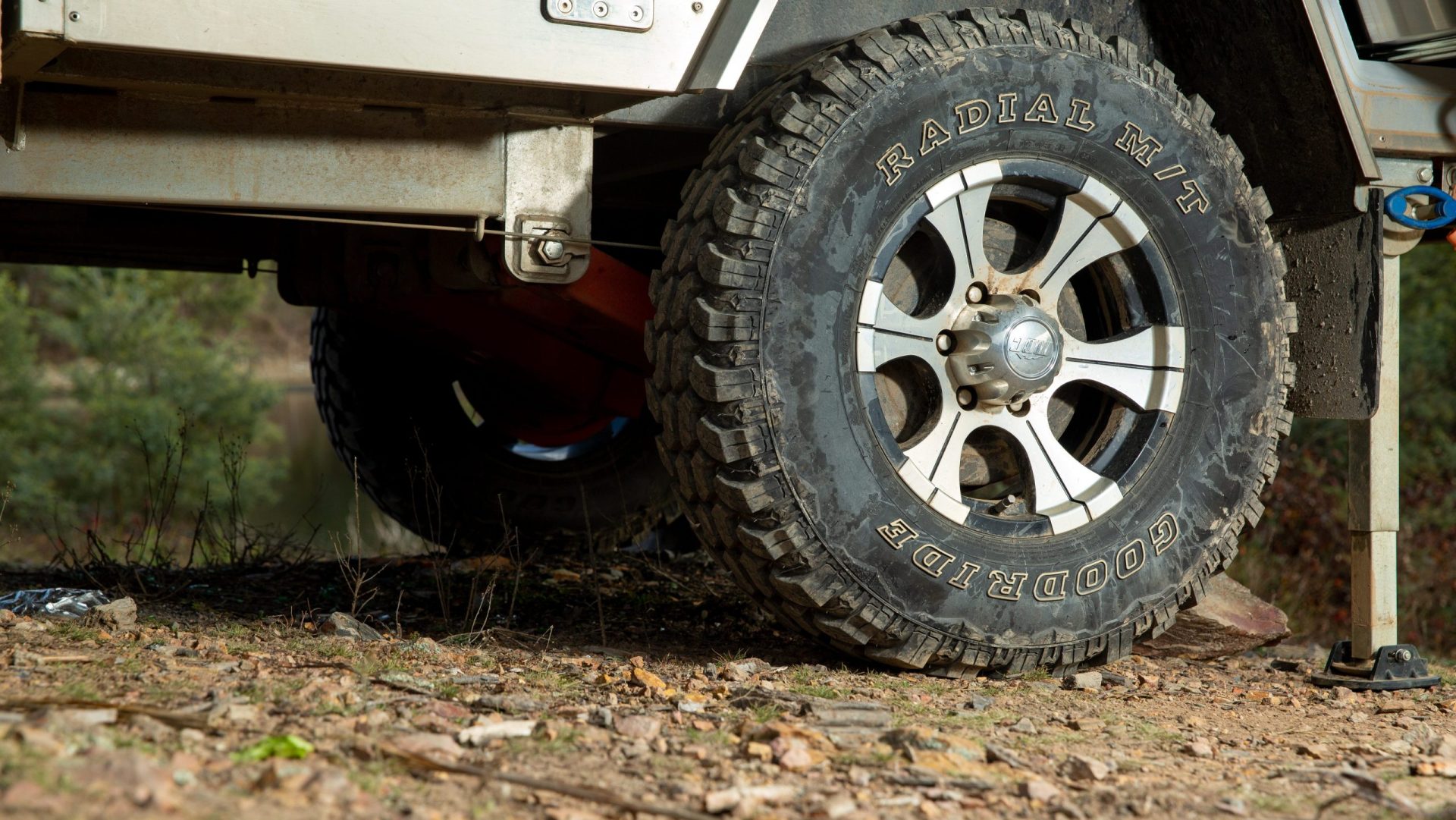
Leaf springs are better for weight carrying
Yes and no again. Leaf springs are fantastic at carrying weight because it’s easy to make them heavy duty, and higher spring rate. Just add more metal. Coil springs are a more complex arrangement with the requirement for some sort of control arm setup to hold the axle in place, and those control arms needing to be beefy enough to handle weight as well. But poke your eyes under nearly any truck on the road and you’ll find not only are they not running leaf springs, they’re typically running air bag suspension, essentially a variable rate coil spring. If coil springs are good enough for a Unimog with three tonne in the back, properly rated coil springs will hold up to a half pallet of bricks.
Don’t touch your brakes downhill
If your tyres are locked up you have no steering control, or control over your speed. Because of this many people have taken the idea of avoiding your brakes on downhills and turned it into gospel. The reality is it’s fine to use your brakes to make adjustments if you’re going a little too quick, just don’t have them as your Plan A. Drop your 4×4 down a gear before cresting down a hill and have it where the engine braking can keep you reasonably close to a safe sped. If you need to gently apply the brakes momentarily to wash a bit of speed off go for it, they’re not going to bite, just don’t stay on them any longer than you need to.
Skinny tyres work better
This is one of those myths that has never made any sense to me. I mean I understand the train of thought people have taken to get there, it’s just overlooking the real world issues. The logic goes that running a skinnier tyre will reduce your frontal profile and reduce your rolling resistance in the process, and that the tyre will gain more than enough traction lengthways rather than widthways.
Problem is, the tyre profile is a deciding factor on how far you can deflate your tyres before the rim hits the ground. On any modern 4×4 with large diameter wheels you’d need to drop your tyre pressures till the rim is almost on the ground to get the same footprint as a wider tyre. If you could run one continuous tread like a tank it might work, but with a tyre and wheel combo a wider tyre will give you a better footprint. There’s a reason why sand and snow bikes run wide tyres.
Dropping pressures makes your tyres vulnerable
The train of thought here is that dropping the tyre pressures will bag out the tyre, making the sidewalls more likely to become damaged against a rock. Holds weight, but the tyre having less pressure in it means it’s more able to absorb being poked and proded by the environment. Try popping a half inflated balloon vs an over inflated one, it’s the same concept.
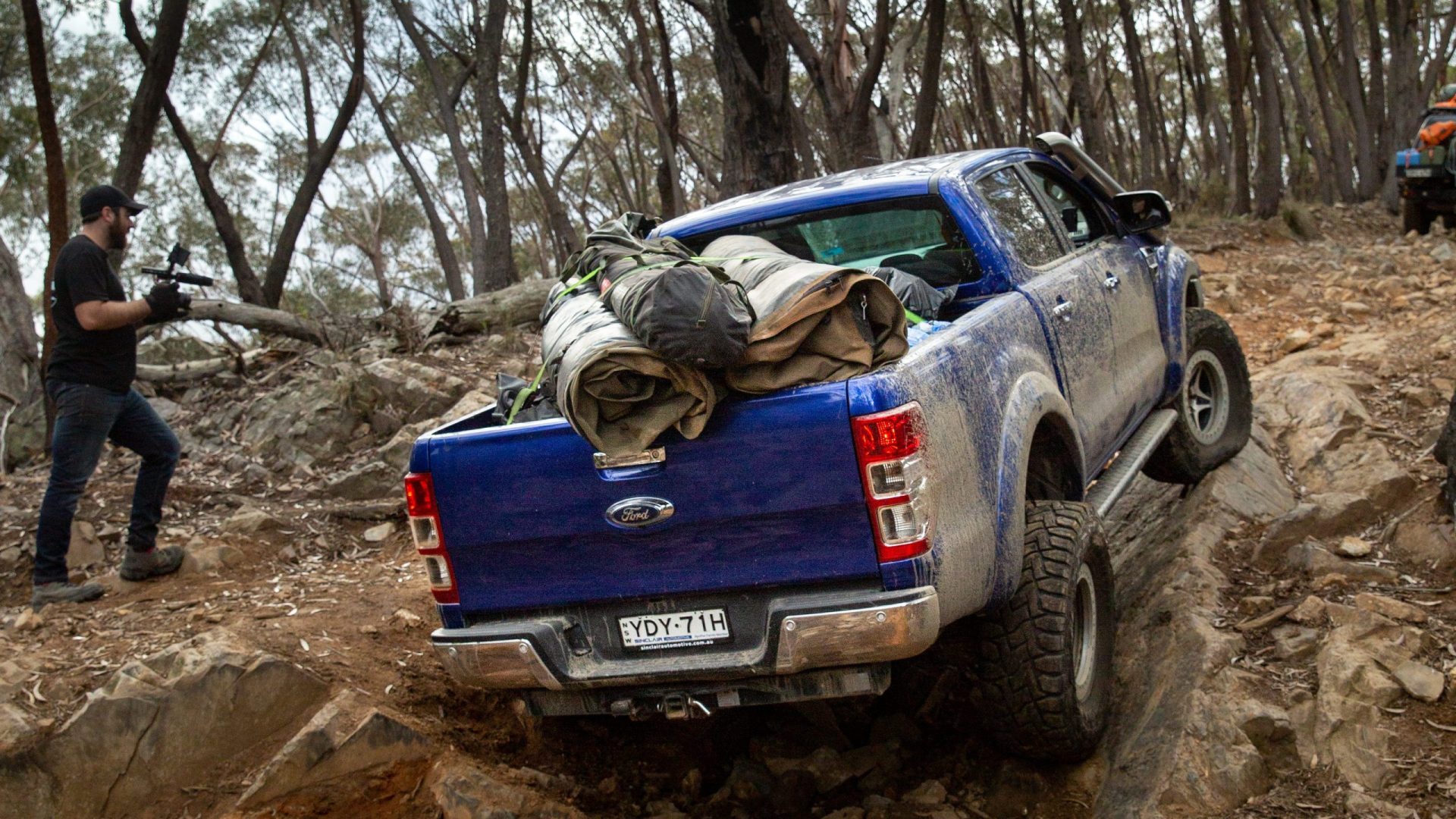
4WD doesn’t help with braking
This one is predominantly thrown around in countries that snow, but is applicable in Australian mud as well. 4×4 means all your tyres have drive going to them (yes, not without lockers, but let’s not get bogged down here). That doesn’t really improve braking though, as all vehicles have brakes on every wheel already right? Well yes but no. Having a transfer case isn’t going to make your brakes bite any better in adverse conditions. But it will mean you’ve got engine braking at all four wheels now giving you far more control. If you were using engine braking to control coming down a hill in 2WD you’re far more likely to lock up a wheel than if you were in 4WD.
Quick Links
Mud tyre buying guide – Unsealed4x4








